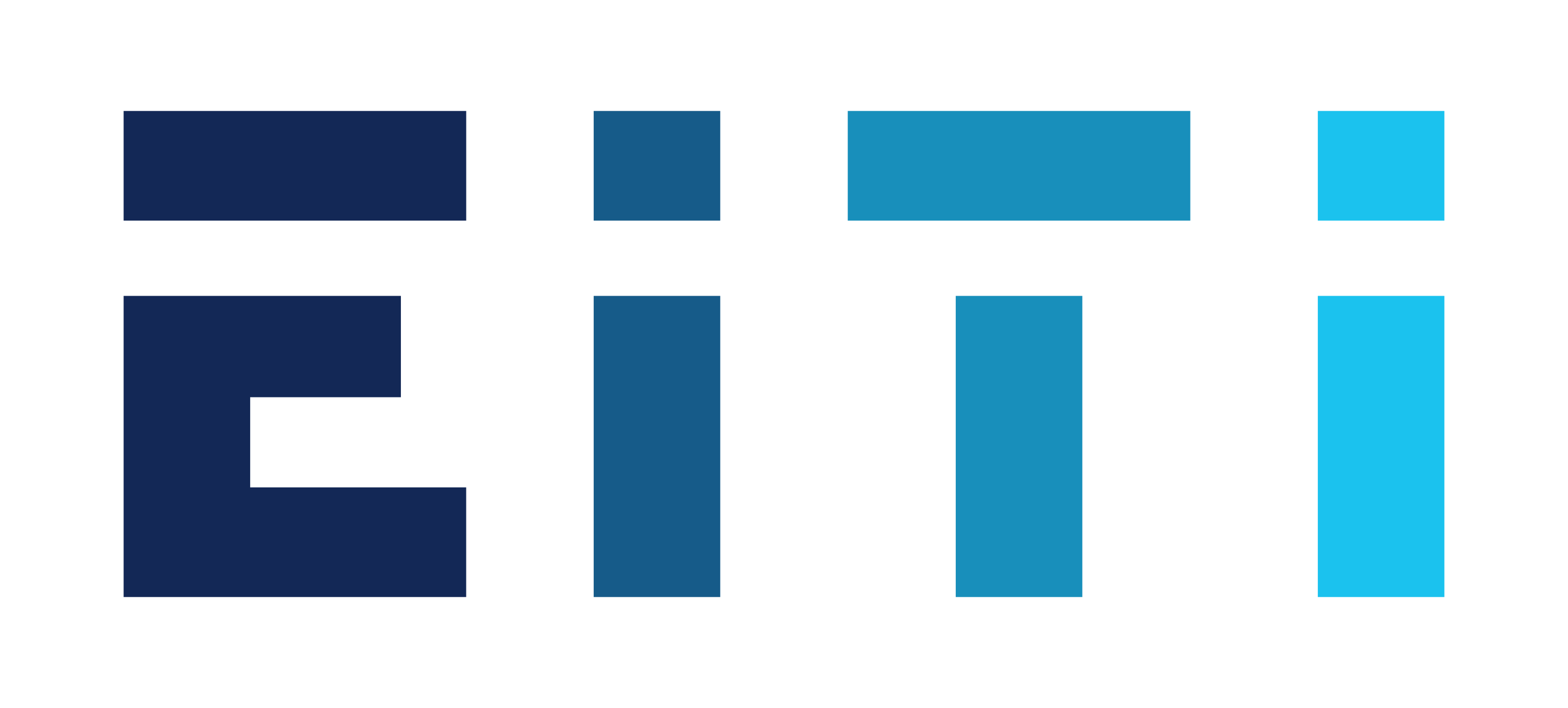
By Anders Tunold Kråkenes, with contributions from Sam Bartlett and other members of the EITI International Secretariat.
The EITI was founded ten years ago on the principle that “public understanding of government revenues and expenditure over time could help public debate and inform choice of appropriate and realistic options for sustainable development”.
Since then, EITI has evolved into a noteworthy producer of data: More than 200 EITI Reports from 35 different countries have been issued to date. Combined, they detail government revenues from extractives in excess of US $1.3 trillion. The information in these EITI Reports can be a key to improve public understanding of these revenues, as we see several examples of in the recently published EITI Progress Report.
In this age of big data, social media and open government, the public increasingly expects to have direct access to the EITI data. At the same time, there are certain risks associated with publishing raw data: it can be is misinterpreted and lead to oversimplified conclusions. With these expectations and risks in mind, all stakeholders will need to give careful consideration to the best ways to collect, administer and make EITI data available.
In this blog post, we will highlight five steps that will lead to better and open data on governments’ management of natural resources.
The state of the EITI Report
Many EITI Reports are excellent sources to understand the country’s extractive industries. In a number of countries, the EITI Report is one of few reliable sources.
The users of the EITI Reports are quite varied, and often from different sectors than many assume. It was inevitable that researchers, programmers, journalists and other stakeholders would try to do more with this data. National EITI Secretariats and other stakeholders have brought this data to life with visualisations, cross-country comparisons, joining up EITI data with data from other sources in web apps and infographics.
However, these users of the EITI data keep telling us that in most cases the data is not made available in formats that enable such work. The next generation of EITI Reports are set to be even more sophisticated, as countries start producing them according to the 2013 EITI Standard. While richer data is necessary to curtail oversimplified conclusions based on a few data points, the challenge of facilitating access to this data is becoming more acute.
These challenges will not be solved overnight, and will require a range of efforts from implementing countries and supporting organisations. We at the International Secretariat also have an important role to play in highlighting the opportunities and the risks, and in mainstreaming the best practices that are emerging in implementing countries.
1. From paper stacks to megabytes
Example of reports from companies in Mongolia that are manually transcribed...
...which is time-consuming when the EITI Report covers 1700 companies.
Data collection plays a key role in ensuring the quality of EITI data. If data collection is error-prone, the data will contain mistakes. If collection is slow, data will be old.
The core of EITI reporting is that companies and government agencies independently report the taxes paid and received. This reporting is done on paper forms in most countries. Collection of the data is consequently a resource-intensive process, and prone to transcription errors and delays.
A growing number of countries are considering moving to an electronic reporting process, most recently Mongolia, where they are developing an ’eReporting’ system. The expected benefit is more timely EITI Reports containing more reliable data.
2. Integrating with existing government systems
“We need to get to the stage where data is published directly from public administration systems.”
Aasmund Andersen, Revenue Development Foundation
Several countries are taking this one step further and integrating their electronic EITI reporting directly into other government systems – be it with their licence registry (a cadastre), or with the government’s public financial management system.
Sierra Leone has been doing this for a few years, and have learned some important lessons in the process.
3. Breaking open the data silos
[Putting data in pdfs] is like funding James Cameron to make Avatar, and then releasing it in a black and white flipbook. We are missing all the good stuff.
Nathaniel Manning, a fellow for the White House's open data project
Currently most EITI data is only available within hard copies or PDFs.
PDFs can be great tools to present information alongside important details about the methodology. Nonetheless, PDFs are effectively silos for data. Extracting data from these reports can be like searching for a needle in a haystack.
This is set to change: subsequent to the revised EITI Standard, countries will start to disclose the data from their EITI Reports in digital forms such as spreadsheets or databases. Five countries have already started to do so.
4. Comparing apples with apples
Image by Jasneko, used with permission.
There is considerable interest in using EITI to make comparisons between countries. We have written previously about the opportunities and challenges of doing so.
The difficulty with such comparisons is that EITI Reports measure different things in each country. Just to name a few of the factors that complicate matters:
- each country has its own system of taxes, royalties, and production sharing.
- resources produced are different in subtle ways and marketed at different prices.
- the variations in geology, infrastructure, size of the operation and technological requirements means that cost of extracting the resources varies considerably.
Therefore, caution is needed when comparing figures across countries. Comparing figures over time within a country is generally more straightforward.
The national audience is likely a main beneficiary from opening up EITI data. Using this data, they can compare key trends over time and track the development of the extractive industries.
There are also opportunities to promote more robust analysis through standardisation of how the figures are classified. The International Monetary Fund (IMF) is leading a project aimed at improving the classification of government revenue streams. The IMF has proposed a standard template to collect data on government revenues from natural resources. It is based on IMF’s existing revenue classifications in the Government Finance Statistics Manual 2001 (GFSM 2001).
There are other types of information in the EITI Reports that could also benefit from standardised classifications, such as how companies are identified, how production figures are reported and how currencies are accounted for.
5. Making the data available
The best thing to do with your data will be thought of by someone else.
Rufus Pollack, Open Knowledge Foundation
The impact of the above steps risks being limited unless the data is made available in ways that people will actually use. This is essential to support the EITI’s principle to improve “public understanding of government revenues”.
As countries move towards electronic data collection systems, EITI countries should look carefully at how the data is being used by stakeholders.
Two years ago the EITI Secretariat launched a data repository with basic information from the EITI Reports on our website. This can be seen at http://data.eiti.org. As countries start publishing reports according to the 2013 EITI Standard and the above-mentioned steps, we plan to upgrade this data repository to include higher-quality data.
We are eager to get in touch with you (via email or twitter) if you have any comments or ideas on how to open up EITI data. In particular, we are interested in doing more work to support implementing countries in opening up their data at the national level.
Related content

Talking reform: How Zambia can benefit from beneficial ownership transparency




